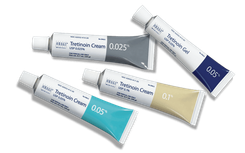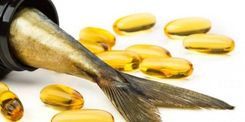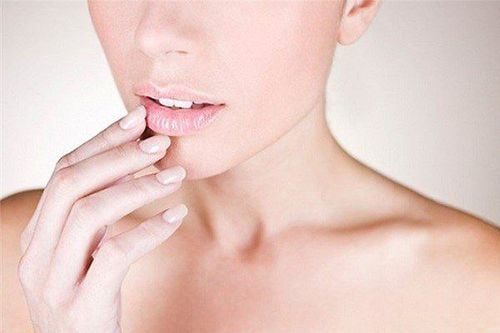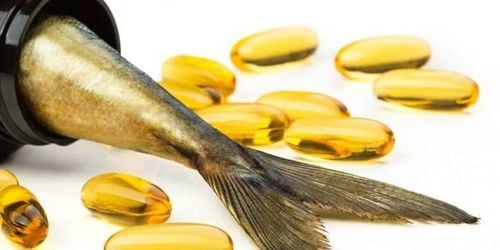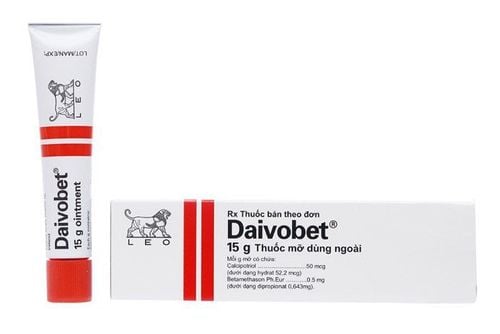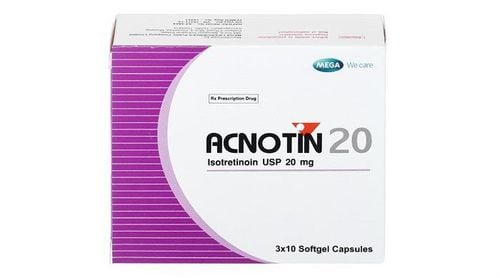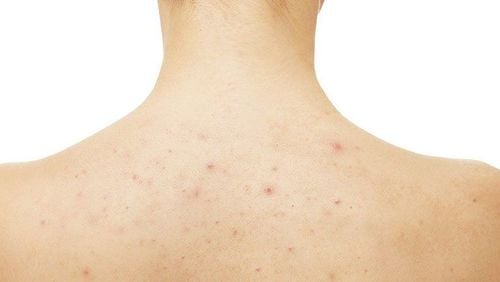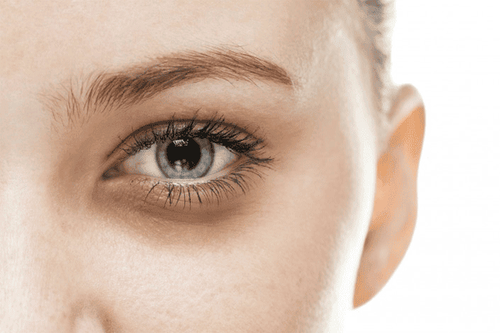When squeezing pimples on your nose, you may notice a white substance coming out of the pores. These substances, which can later develop into acne, often raise questions about their nature. Are they different from blackheads?
1. Sebaceous Filaments – The White Substance Released When Squeezing the Nose
When you pinch or squeeze whiteheads on your nose, a white substance resembling thin strands is often expelled from the pores. This is referred to as sebaceous filaments. They are composed of sebum and dead skin cells that accumulate around hair follicles. Sebum, a semi-liquid oily substance produced by sebaceous glands in the skin, serves to lubricate and soften both the skin and hair. Each hair follicle is typically associated with at least one sebaceous gland.
Sebaceous filaments are more commonly found in pores around the nose and chin. This is because the pores in these areas are usually larger and lined with more sebaceous activity.
2. The Development of Sebaceous Filaments into Acne
If you examine the pores on your nose or other areas of the face, you might notice small dark spots clogging the openings. These are often mistaken for blackheads but are, in fact, sebaceous filaments. Upon closer inspection, these spots may appear translucent or slightly yellow. When the skin around the pore is squeezed, sebaceous filaments are released as white or yellowish strands.
Sebaceous filaments and other substances clogging pores can oxidize upon exposure to air, turning into blackheads. Additionally, sebaceous filaments may progress into other forms of acne, including milia, whiteheads, pustules, and nodular acne.
3. What Should You Do About Sebaceous Filaments?
3.1 Avoid Squeezing Pores on the Nose
While squeezing pores might temporarily remove visible dark spots, this habit can lead to several adverse effects, including:
- Damage to skin tissue;
- Enlargement of pores over time;
- Increased risk of infection;
- Spreading bacteria to other pores.
It is advisable to avoid squeezing clogged pores or extracting sebaceous filaments, particularly if nodular acne is present.
3.2 Strategies to Manage Sebaceous Filaments
Proper hygiene is the most effective way to address clogged pores. Consider adopting the following skincare practices:
- Wash your face twice daily, especially after sweating. Avoid over-washing, as this can irritate the skin;
- Gently cleanse the face without vigorous scrubbing;
- Use appropriate skincare products and cosmetics. Opt for non-comedogenic, oil-free products designed to minimize pore blockage and prevent acne breakouts;
- Deep-cleanse pores with peel-off masks to extract sebaceous filaments;
- Exfoliate to remove dead skin cells that could clog pores;
Consider topical treatments containing salicylic acid or glycolic acid.
Consulting a dermatologist is also an excellent way to identify the most suitable cleansers and skincare products for your skin type. If necessary, your doctor might recommend professional treatments such as chemical peels, microdermabrasion, or the application of topical retinoids.
When you squeeze your nose, sebaceous filaments may emerge from your pores. Managing these filaments effectively involves maintaining a consistent skincare routine, including proper cleansing, using hypoallergenic products, and regular exfoliation.
To arrange an appointment, please call HOTLINE or make your reservation directly HERE. You may also download the MyVinmec app to schedule appointments faster and manage your reservations more conveniently.
